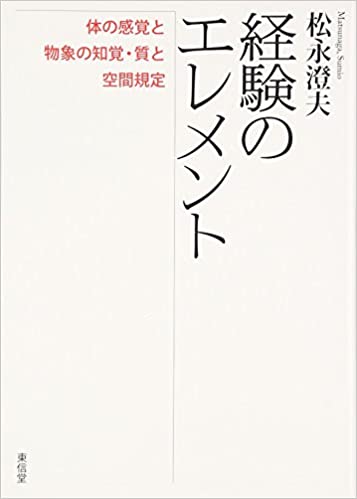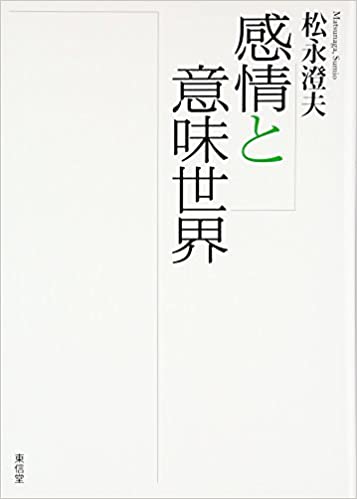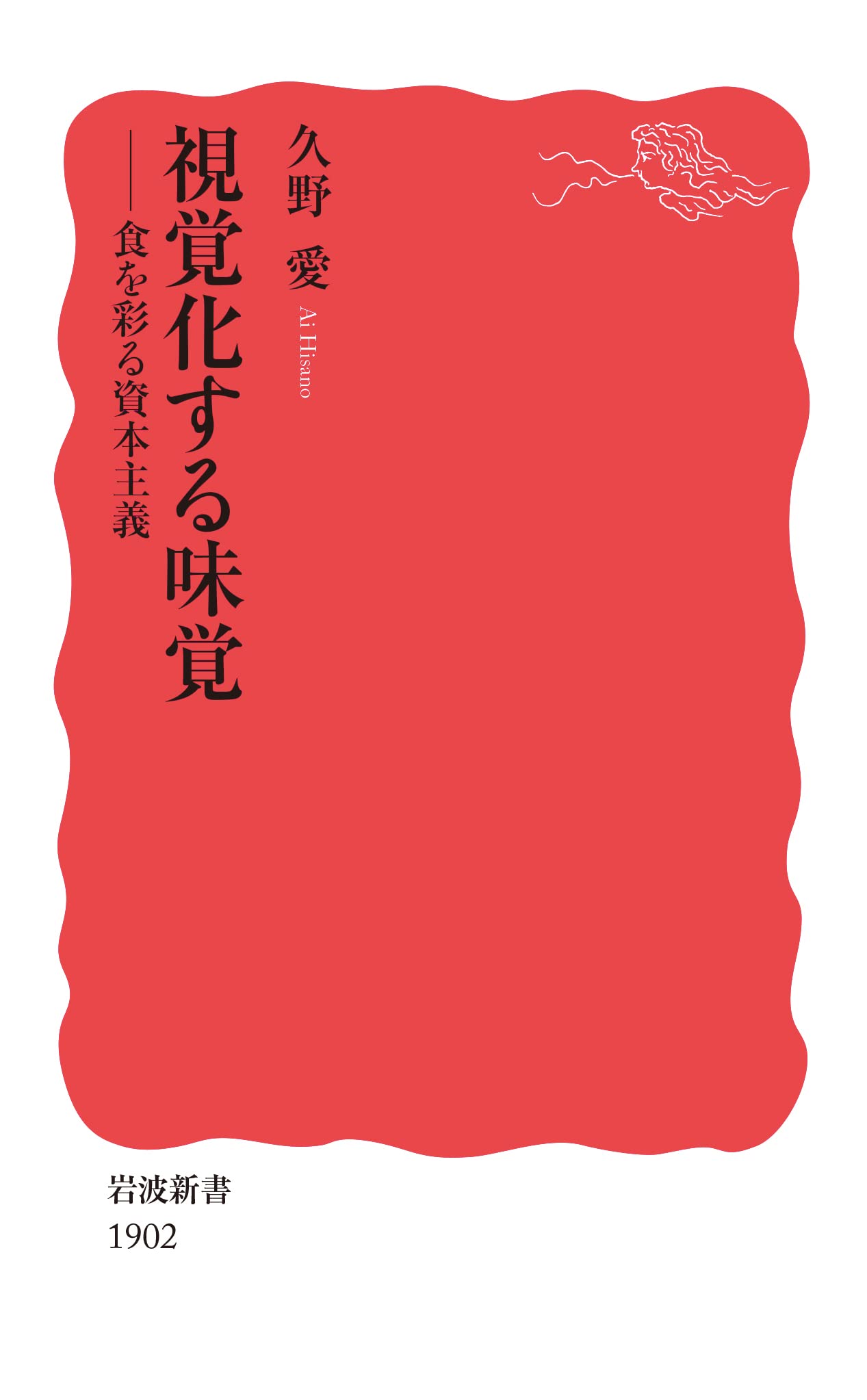
Title
Keiken no element (The Elements of Experience - Sensations of/in our own body, the perceptions of objects, and spatial specifications of objects with their qualities)
Size
488 pages, A5 format, softcover
Language
Japanese
Released
October 30, 2015
ISBN
978-4-7989-1319-3
Published by
Toshindo
Book Info
See Book Availability at Library
Japanese Page
We usually consider the redness of an apple and pain in the body to be "sensory" concepts. But though the two have some similarities, they are different. There is an obvious reason that the two are perceived the same way physiologically. And this reason is that the pairing of a stimulus with its receptors is useful in making systematic inquiry. Additionally, today’s neuroscience, which abuses the concept of information, considers our senses to be creations through transforming data of the brain or nerve centers. What we see here is that both physiology and neuroscience perceive the senses as having no depth or breadth, which is contradictory to the very premise of their arguments. In order to salvage this premise and make it fit the reality, they offer a solution in words only saying that our senses are projected onto objects and bodies. But this shared schematic is influenced by the idealism that emerged with Descartes in the 17th century. It is therefore necessary to clarify the origin of this idealism.
Descartes extended the concept of thought, as applied in such intellectual cognition processes as mathematics, by expanding it with the psychological concept of consciousness and then subordinating the concept of consciousness to the concept of thought. This led later philosophers to the conclusion: admitting that the concept of consciousness, which is psychological in nature, naturally implies the existence of a conscious self, they denied its ability of the awareness of existences other than the self even though in actuality it has. This is the scheme of Descartes’ idealism and ever since its postulation philosophy has been struggling to connect the self to existences outside of the self. The bias of epistemology in ancient philosophy can also be seen to be at work here.
In our daily lives, we distinguish between our own body and things existing outside of our body while at the same time accepting the two to be existences sharing the same qualities. The difference is clear: the perception of an external physical object such as an apple versus the sensation of physical pain that we feel within our own body. In both cases, we can pinpoint the location of the object in question; the apple that is on a nearby table and the pain that is in the shoulder, for example.
On the other hand, the similarities between the two are also evident in the same way as, for example, when we touch ice with a finger we discover it is cold because the finger that touches it feels cold, and when we touch it with another finger, that finger also feels cold. The difference between perception and sensation is a difference driven by the way in which the body acts, in other words, in the way in which a person behaves. This book seeks to explore these states of being by exploring diverse experiences.
Why then the title, The Elements of Experience? We not only experience life through our body, we also experience life through the world of meaning. Food has value because it is necessary to sustain life to the extent that we seek to find value in what it means to eat food. Experience, therefore, is the threshold to the world of meaning, it is the sensations of the body and the perceptions of objects, the breadth and depth of the shared qualities of the two, and the insights of human behavior. I have chosen to refer to these as the “elements of experience” and focus on them as the subject of this book.
(Written by MATSUNAGA Sumio, Professor Emeritus, Graduate School of Humanities and Sociology / 2020)



 Find a book
Find a book



